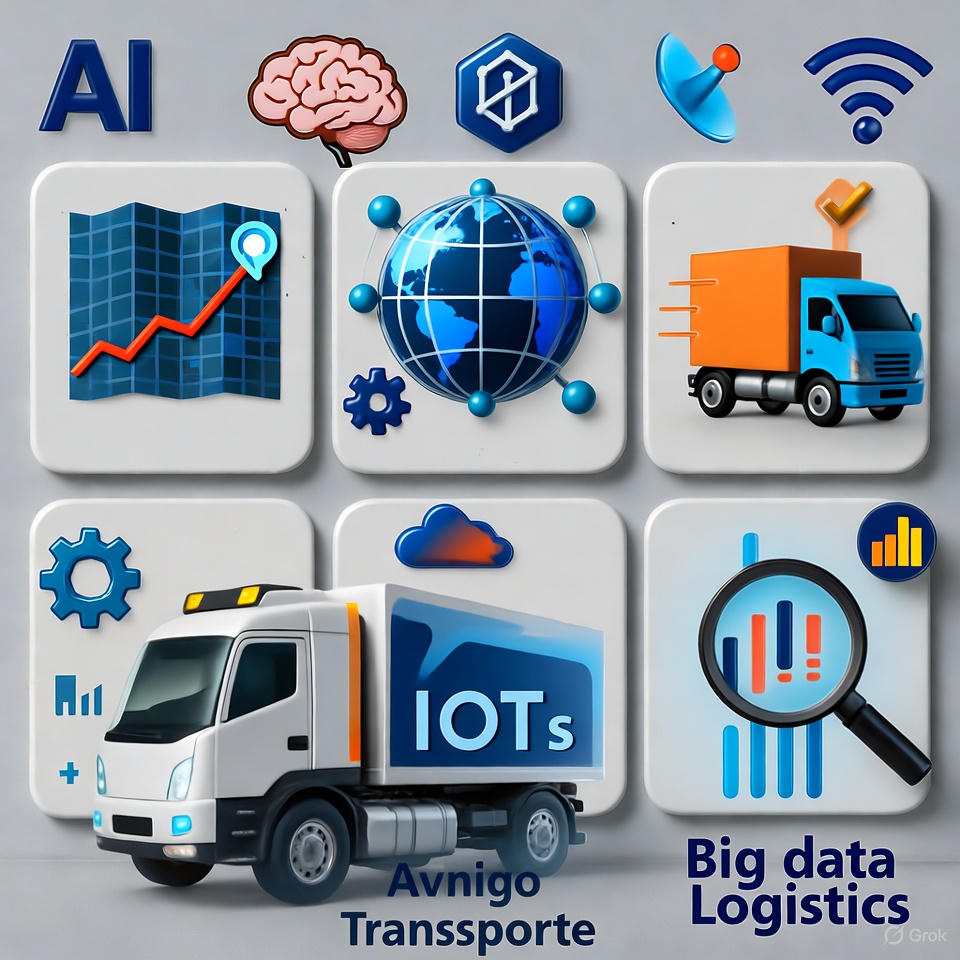The logistics and shipping industry is at a pivotal moment in 2025, balancing technological breakthroughs with complex global challenges. From last-mile delivery hurdles to evolving trade regulations, businesses are innovating to stay competitive. This post dives into the key challenges and cutting-edge solutions defining the logistics and shipping industry this year, offering insights for businesses aiming to optimize their operations.
1. Last-Mile Delivery Optimization
Last-mile delivery remains a critical pain point in the logistics and shipping industry. Rising consumer expectations for fast, affordable, and eco-friendly deliveries are pushing companies to innovate. Solutions like micro-fulfillment centers and urban warehouses are gaining traction to reduce delivery times. Companies like Amazon are also experimenting with drone deliveries to enhance efficiency. Learn more about last-mile strategies at SupplyChainDive.
2. Addressing Global Trade Disruptions
Geopolitical tensions and trade policy shifts are creating uncertainties in global shipping routes. For instance, port congestion and tariff changes are impacting supply chain timelines. To counter this, businesses are adopting multi-sourcing strategies and nearshoring to reduce reliance on single markets. The World Trade Organization provides detailed reports on global trade trends affecting logistics.
3. Digital Transformation with Data Analytics
Data analytics is transforming decision-making in the logistics and shipping industry. Predictive analytics tools help forecast demand, optimize routes, and manage inventory more effectively. Platforms like SAP’s Integrated Business Planning are enabling real-time data-driven strategies. For more on this, check out SAP’s logistics insights.
4. Workforce Challenges and Automation
Labor shortages and rising wages are pushing logistics companies to invest in automation. Robotic process automation (RPA) and autonomous forklifts are streamlining warehouse operations. However, upskilling workers to manage these technologies remains critical. Explore workforce trends in logistics at Logistics Management.
5. E-commerce Boom and Reverse Logistics
The continued growth of e-commerce is driving demand for efficient reverse logistics to handle returns. Companies are implementing automated return systems and circular supply chains to minimize waste. For a deeper dive into e-commerce logistics, visit RetailDive.
Conclusion
The logistics and shipping industry in 2025 is navigating a complex landscape of challenges and opportunities. By leveraging innovations like automation, data analytics, and sustainable practices, businesses can overcome obstacles and drive growth. Stay informed with resources from Transport Topics to keep your operations future-ready.




Leave a Reply